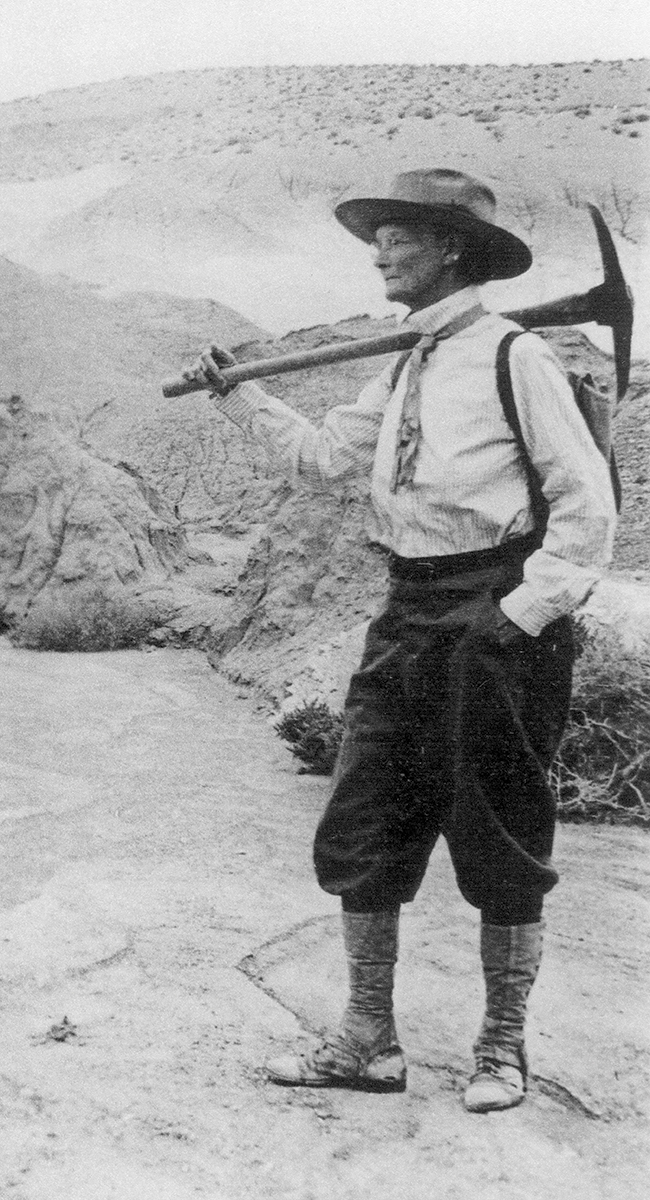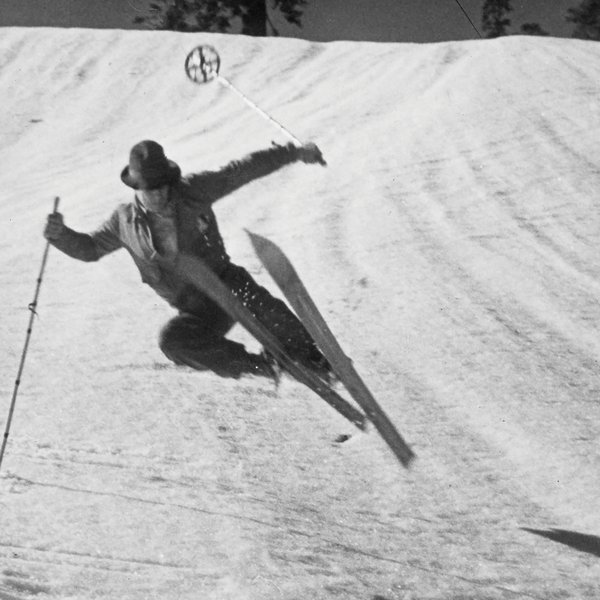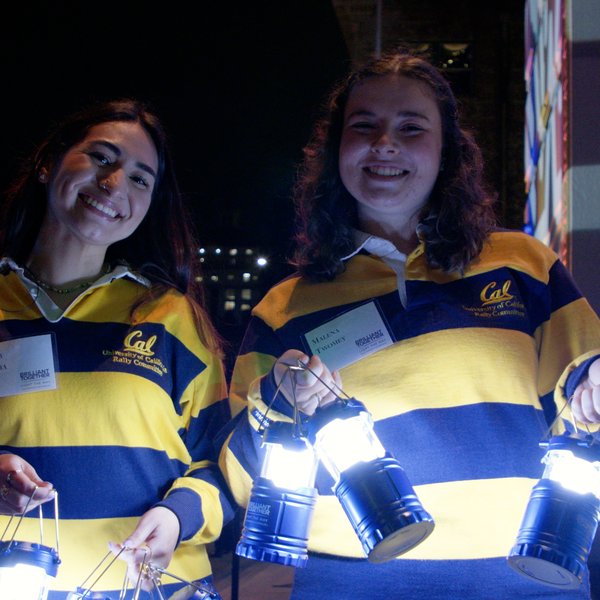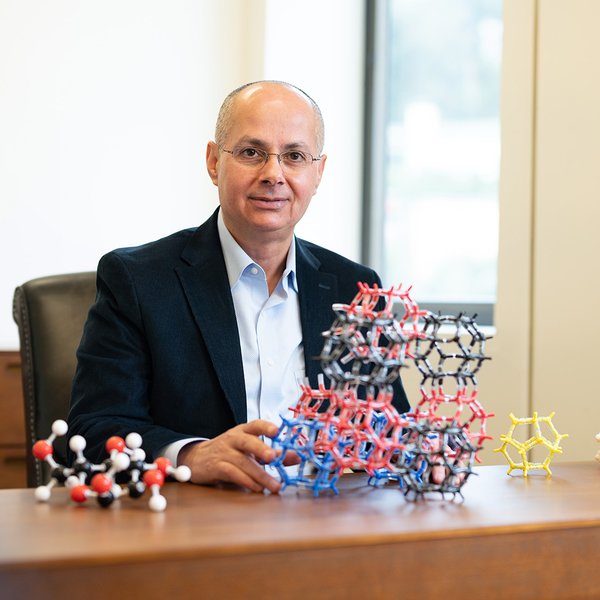
Collector and philanthropist Annie Alexander. Photo courtesy of UCMP.
Encouraged by a family friend, Annie Alexander audited John Merriam’s paleontology course at Berkeley in 1900. She was hooked, telling the friend, “I have not missed a lecture. I like it more and more, this study of our old, old world…”
The 32-year-old sugar heiress dipped into her deep pockets to fuel her passion for deep time. Alexander led an expedition to Fossil Lake, Oregon, that yielded hundreds of pounds of Pleistocene mammal bones for Berkeley’s budding collection. She also funded and joined Merriam’s field trips to Mount Shasta and Nevada, where she sought giant ichthyosaurs.
Alexander’s endowment today funds 60 percent of UCMP’s staff salaries and all operational costs. That’s an enduring legacy.
In 1906, Alexander began monthly $100 donations to support paleontology research — then doubled the amount a few years later. Also attracted to modern animals, she established and endowed the Museum of Vertebrate Zoology with $200,000 in stocks and cash. Convinced “these strange treasures” of extinct life also deserved a dedicated museum, Alexander underwrote the University of California Museum of Paleontology (UCMP) in 1921 and later endowed it. Today, UCMP relies on Alexander’s endowment for half of its budget — including 60 percent of staff salaries and all operational costs. That’s an enduring legacy.
Alexander, who died in 1950, shunned publicity, declined an honorary degree, and wouldn’t place her name on either campus museum. Nevertheless, her name endures. It is associated with the scientific moniker for more than a dozen species, both surviving and extinct, and inspired the name for the world-famous peregrine falcon that nests atop the Campanile.
Visit ucmp.berkeley.edu to explore or support the museum’s research, education, and outreach efforts.




